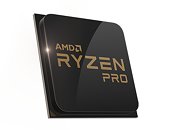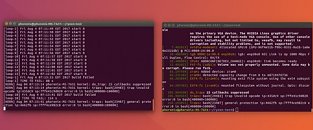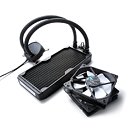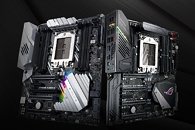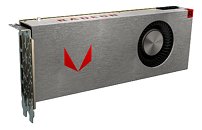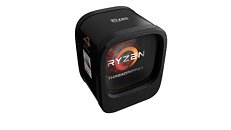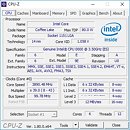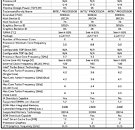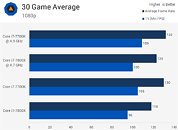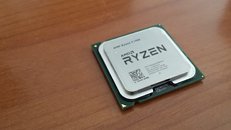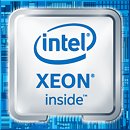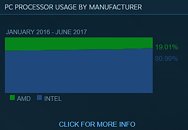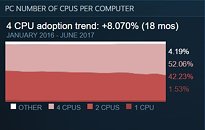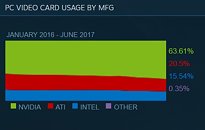
AMD Ryzen PRO Desktop Processors Released Worldwide
Building on the global enthusiasm generated by the launch of Ryzen high-end desktop processors and EPYC server processors for the datacenter, AMD (NASDAQ: AMD) today announced broad adoption of enterprise solutions featuring AMD Ryzen PRO desktop processors. Designed for business, Ryzen PRO processors bring reliability, security, and performance to address the demands of today's compute-intensive enterprise-focused workloads. Commercially-focused desktop solutions based on these new processors are expected to be available from Dell, HP, and Lenovo in the coming weeks.
"Today's business PC users require more processing power than ever before to run increasingly demanding applications, to ensure they can multi-task without disruption, and to help protect against security threats," said Jim Anderson, senior vice president and general manager, Computing and Graphics Group, AMD. "Ryzen PRO is designed to address these needs, and we're proud to collaborate with such a strong set of industry leaders on a robust assortment of AMD-based desktop PCs that showcase the strength and flexibility of the Ryzen PRO platform."
"Today's business PC users require more processing power than ever before to run increasingly demanding applications, to ensure they can multi-task without disruption, and to help protect against security threats," said Jim Anderson, senior vice president and general manager, Computing and Graphics Group, AMD. "Ryzen PRO is designed to address these needs, and we're proud to collaborate with such a strong set of industry leaders on a robust assortment of AMD-based desktop PCs that showcase the strength and flexibility of the Ryzen PRO platform."
